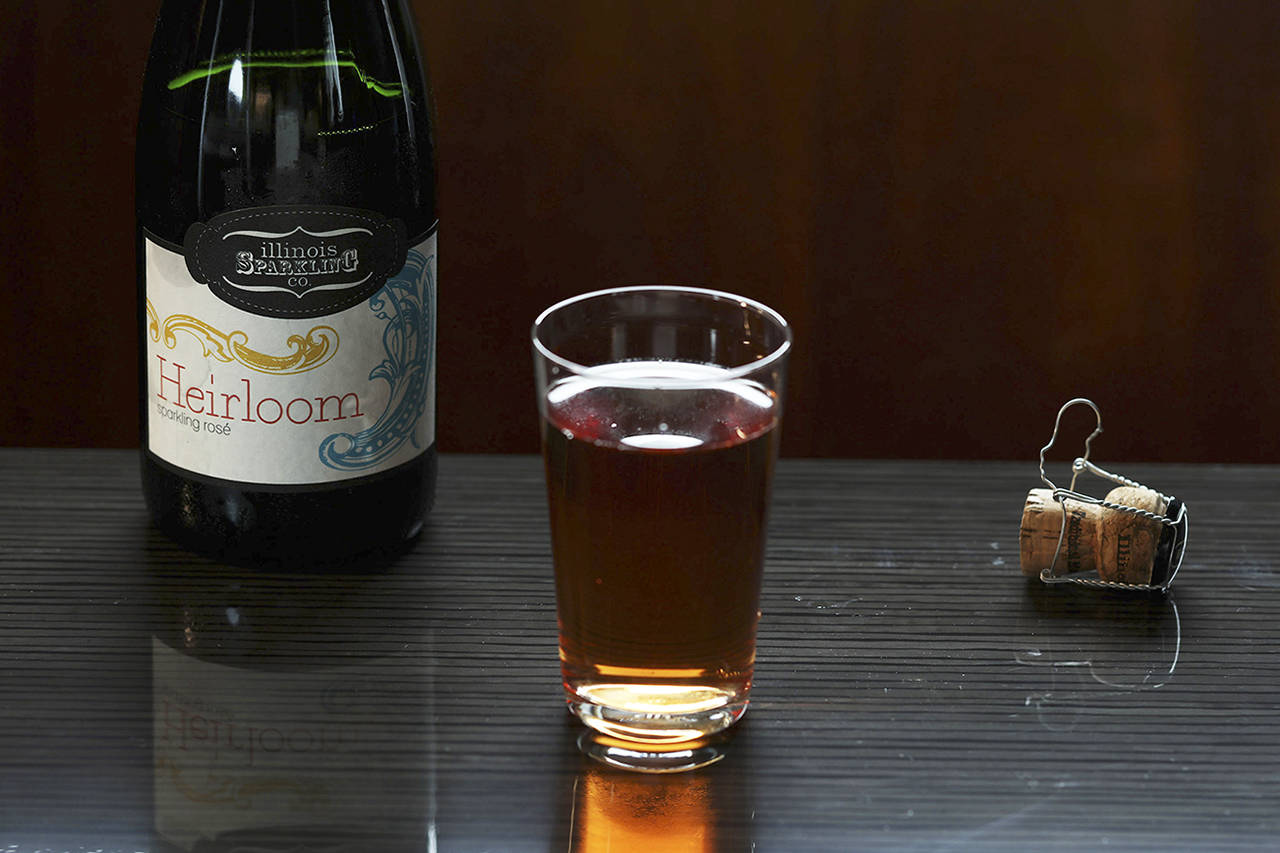By Michael Austin
Chicago Tribune
While waiting in an Indian restaurant earlier this year, four of us sipped wine.
It was an off-dry riesling, a safe pick for spicy Indian fare. It was from New York, which is not really a shocker, as the state is often the second- or third-highest wine-producing state in the country at any given time. On top of all that, it was from the Finger Lakes region, arguably the state’s most popular and prestigious wine region.
But unless you’re living in that region, or close to it, Finger Lakes wines probably are not flickering through your imagination.
A wine choice can be surprising based solely on where you are in that moment. A Finger Lakes wine is never going to be an unlikely choice in upstate New York, but it probably would be an eye-popper at a house party in Nebraska. No one in those places would be surprised by a wine from the West Coast, though.
I will probably never include a California wine on a “wine from an unlikely place” list unless its grapes were grown on a rooftop in downtown Los Angeles. And normally a New York wine would not qualify, either. But in the spirit of our delight over that riesling from the Finger Lakes, I’m going to make an exception.
Michigan wine, which would not be so unlikely in Michigan or slightly beyond its borders, would likely raise some eyebrows, despite Michigan’s status as one of the country’s top 10 wine-producing states.
If you’e interested in a good wine from New York, track down a bottle of 2016 Dr. Konstantin Frank Dry Riesling ($16), with bright and crisp notes of passion fruit, lime and other citrus, plus apple skin and peach on the finish.
For a good bottle from Michigan’s Leelanau Peninsula, try the 2016 Rove Estate Pinot Noir ($30), full of black cherry, blackberry, vanilla, smoke, pine needle, white pepper and spice.
Here are a few more wines from unlikely places:
ARIZONA. The 2016 Merkin Vineyards Chupacabra ($24), a blend of equal parts grenache and syrah with 20 percent mourvedre, offers raspberry, blackberry, forest floor, a whiff of smoke, incense, a touch of spice, a soft mouthfeel and a long finish. The 2014 Caduceus Cellars Sancha ($50), made of 100 percent tempranillo, is full of bright berries, dark cherry, herbs, black pepper, spice and grippy tannins. The grapes for both of these wines were grown at an elevation of 4,300 feet in southeastern Arizona. And rock fans, both wines were made by Maynard James Keenan of Tool.
CHINA. Yes, China. The 2013 Ao Yun Cabernet Sauvignon ($300) is made of 90 percent cabernet sauvignon and 10 percent cabernet franc from the Yunnan province, a hard-to-find bottle that is earthy and herbal, with notes of blackcurrant and dark cherry along with green bell pepper, tea leaves and smoke. If the price leaves you bristling, consider that Ao Yun is a Moet Hennessy brand. This wine would be fun to drink with a good ol’ juicy American steak. With a side of irony, of course.
ILLINOIS. Corn and soybeans, sure, but generally Illinois is not known for its wine. Yet the 2013 Illinois Sparkling Co. Brut Ombre Rose ($20), a traditional method sparkling wine made from locally grown French-American hybrid grapes known as chambourcin, offers floral notes along with licorice, raspberry, a strong herbal component, strawberries and a pleasant tanginess. Elegant, lively bubbles lead to a crisp, clean finish. I have tried a bunch of different ISC wines through the years, and they’ve been consistently good.
OHIO. Mostly soybeans and corn again, right? But surprise — the refreshing, light and clean 2015 Debonne Vineyards Pinot Grigio ($11) exhibits floral notes accompanied by ripe pear and citrus, while the 2016 Firelands Winery Isle St. George Gewurztraminer ($15) is floral and spicy, with tropical fruits and super-ripe pear. The 2014 Meranda-Nixon Winery Cabernet Franc ($19) offers plum, blackberry, cedar, tobacco, pencil shavings, black pepper and spice; and the Gervasi Vineyard Sognata Vidal Blanc Ice Wine ($32/375 ml) offers notes of apricot, honey, ripe peach and mango. Viscous and rich, you could drink this as dessert or pour it onto a scoop of vanilla ice cream.
SLOVAKIA. From the banks of the Danube River, the 2016 Chateau Bela Riesling ($16), gives off telltale petrol notes, plus a bell-pepper herbal quality, slate-like minerality and a slight offering of stone fruit. At a low 8.5 percent alcohol, this is a great sipping wine that naturally would be very food-friendly, too.


